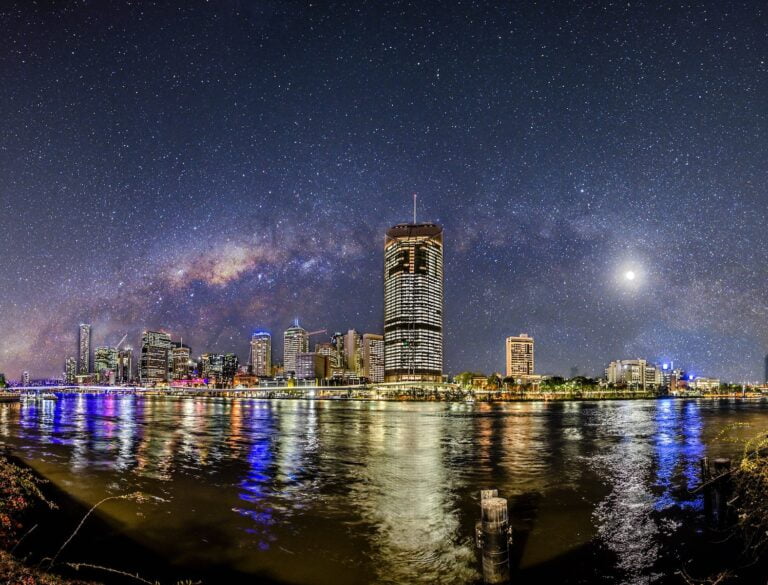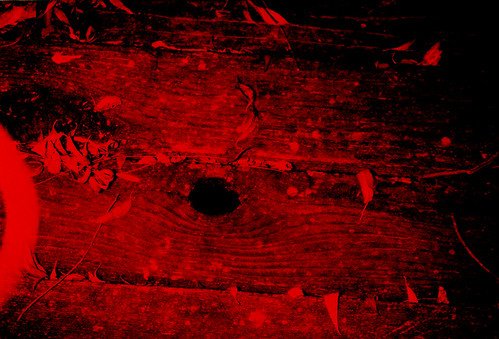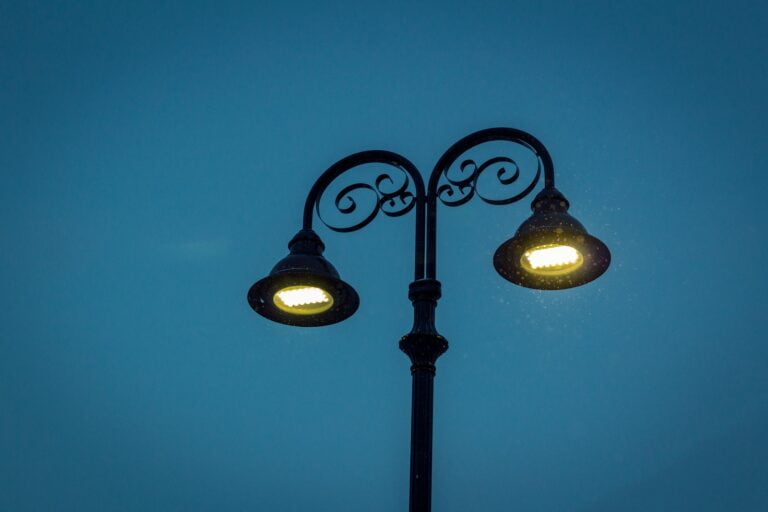Decoding Dark Sky Ordinances: A Comprehensive Overview

Dark Sky Ordinances (DSOs) are an essential tool for preserving the night sky from the encroaching glow of artificial light. With the rapid advancement of civilization and our increasing reliance on artificial lighting, the beauty of the night sky is progressively fading. However, through the implementation of Dark Sky Ordinances, we can control light pollution and ensure the preservation of our celestial heritage for future generations.🌃
What are Dark Sky Ordinances?
Dark Sky Ordinances are local laws enacted to manage outdoor lighting. These laws aim to reduce light pollution, which is the excessive or misdirected artificial light produced by human activity. By enforcing certain restrictions on outdoor lighting, Dark Sky Ordinances help to preserve the darkness of the night sky.
Enacting such ordinances is not just an aesthetic choice but a decision grounded in environmental stewardliness and human well-being. It is a global movement, with many cities around the world adopting such laws. Dark Sky Ordinances have a significant role in protecting the environment, conserving energy, and preserving human health and wildlife.
Implementing Dark Sky Ordinances requires a comprehensive understanding of light pollution, its sources, and its impact. It also necessitates a thorough knowledge of lighting technologies, their capabilities, and their limitations.
The effectiveness of these ordinances lies in their adaptability. They should be tailored to the specific needs and characteristics of the community, considering factors like the local climate, geography, and urban development patterns.
The Importance of Dark Skies
The importance of preserving dark skies cannot be overstated. The benefits extend beyond simply maintaining our ability to stargaze. They encompass environmental protection, human health, and cultural preservation. 🌌
Impact on Wildlife
Artificial light at night can have profound effects on wildlife, disrupting their natural behaviors and cycles. Many animals, for example, rely on the natural cycle of light and darkness to regulate their activities such as feeding, breeding, and migration.
Light pollution can confuse these animals, leading to changes in their behavior that can have cascading effects on ecosystems. For example, birds that migrate at night can become disoriented by artificial light, causing them to veer off course, collide with buildings, or become vulnerable to predators.
Through the implementation of Dark Sky Ordinances, we can help to mitigate these impacts and ensure the health and survival of our wildlife.
Human Health and Well-being
There’s a growing body of evidence suggesting that excessive artificial light at night can have significant health implications for humans. It disrupts our circadian rhythms—the internal biological clock that regulates our sleep-wake cycle.
Disruptions to our circadian rhythm can lead to a host of health problems, including sleep disorders, depression, obesity, and even an increased risk of certain types of cancer. By reducing light pollution through Dark Sky Ordinances, we can help to safeguard our health and well-being.
The Beauty and Wonder of the Night Sky
Lastly, preserving the dark sky allows us to maintain our connection with the cosmos. For millennia, humans have looked up at the stars for inspiration and guidance. The night sky is a source of wonder, a testament to our desire to understand the universe around us.
Without measures like Dark Sky Ordinances, the rich tapestry of the night sky could be lost to future generations. It’s our responsibility to ensure that the stars continue to inspire awe and wonder for centuries to come.
Components of Dark Sky Ordinances
Dark Sky Ordinances are complex and multifaceted, covering various aspects of outdoor lighting. These laws generally focus on controlling the intensity, direction, and type of light used, to minimizeits detrimental impact on the night sky. They also include provisions for exemptions and special circumstances. 📜
Lighting Restrictions
Lighting restrictions form the backbone of any DSO. They usually include regulations on the intensity and color temperature of outdoor lighting. The goal is to limit the amount of light that can be emitted and to prefer warmer, less disruptive light colors.
Most Dark Sky Ordinances also have “shielding” requirements. This means outdoor light fixtures must be designed or placed so that light is directed downward, where it’s needed, rather than upwards into the sky or horizontally into people’s eyes.

Moreover, many ordinances also have “curfew” provisions, stipulating that certain types of lighting must be turned off or dimmed at certain times to further reduce light pollution.
Exemptions and Special Circumstances
Not all lights are subject to Dark Sky Ordinances. There are often exemptions for safety, security, and special events. For instance, streetlights and security lighting might be exempted, provided they meet certain criteria.
However, these exemptions do not mean a free-for-all. Even exempted lighting must be carefully considered to minimize unnecessary light pollution. For special events, temporary lighting may be allowed, but it must be used judiciously and turned off when not in use.
Implementing Dark Sky Ordinances
Implementing Dark Sky Ordinances in a community requires a multi-faceted approach. It’s not enough to simply draft a law and expect compliance. Successful implementation involves community engagement, education, and enforcement. ⚖️
Community Engagement and Education
Community engagement is crucial for the successful implementation of Dark Sky Ordinances. Residents, businesses, and local authorities must understand the benefits of preserving dark skies and how they can contribute.
Education is a key part of this process. It involves raising awareness about light pollution and its impacts, as well as the measures that can be taken to mitigate it. This can be done through public meetings, workshops, and educational materials.
Compliance and Enforcement
Once a Dark Sky Ordinance is in place, it’s important to ensure that it’s adhered to. This involves regular monitoring and enforcement. Local authorities play a crucial role in this, but community members can also contribute by reporting non-compliant lighting.
It’s also important to provide support for those who need to update their lighting to comply with the ordinance. This could involve providing information on compliant lighting options or offering financial incentives for upgrades.
Challenges and Controversies Surrounding Dark Sky Ordinances
While the benefits of DSOs are clear, implementing them is not without challenges. Economic concerns and the balance between development and preservation are common issues. 💼
Economic Concerns
One of the main criticisms of DSOs is the perceived economic cost. Businesses and residents may be concerned about the expense of replacing non-compliant lighting fixtures.
However, it’s important to note that many modern, compliant light fixtures are more energy-efficient and have longer lifespans than older, non-compliant ones. Thus, while the upfront cost may be higher, the long-term savings can offset this.
Additionally, DSOs can offer indirect economic benefits. For example, they can enhance tourism by creating attractive environments for stargazing and other night-time activities.
Balance between Development and Preservation
Finding a balance between development and preservation is another challenge. While it’s important to preserve our dark skies, we also need to ensure adequate lighting for safety and security.
The key here is to use lighting wisely. Well-designed lighting can meet our needs without contributing to light pollution. This involves using the right amount of light, at the right place, at the right time, and ofthe right color. By adhering to these principles, we can achieve a balance that allows for both development and dark sky preservation.
The Future of Dark Sky Ordinances
Looking forward, the future of DSOs is bright—or rather, dark! As awareness about light pollution increases, so does the adoption of these ordinances. Moreover, technological advancements are making it easier to implement effective and energy-efficient lighting. 🔮
Technological Advancements
Advancements in lighting technology offer promising solutions for reducing light pollution. For instance, LED lights are highly energy-efficient and can be easily adjusted in terms of intensity and color.
Moreover, smart lighting systems allow for greater control over lighting. Lights can be dimmed or turned off when not needed, and brightness and color can be adjusted based on time, weather, and other factors.
As these technologies become more widespread and affordable, they will play a crucial role in the future of DSOs.
Global Trends
Globally, the movement to protect dark skies is gaining momentum. More and more cities are implementing DSOs, and there’s increasing international cooperation to address light pollution.
This trend is likely to continue as the importance of dark skies becomes more widely recognized. As we move forward, it will be important to share knowledge and best practices to ensure the effective implementation of these ordinances.
Conclusion
In conclusion, Dark Sky Ordinances are a powerful tool for preserving our dark skies and combating light pollution. While there are challenges to their implementation, the benefits—for the environment, wildlife, human health, and our cultural heritage—are significant. By engaging our communities and harnessing technological advancements, we can ensure a dark and star-filled sky for future generations. ✨
Glossary of Terms
- Artificial light: Man-made light sources, such as streetlights, house lights, and car headlights.
- Circadian rhythm: The 24-hour internal clock that cycles between sleepiness and alertness at regular intervals.
- Dark Sky Ordinances (DSOs): Local laws designed to control outdoor lighting and reduce light pollution.
- LED lights: Light-emitting diode lights, a type of energy-efficient light that can be controlled for intensity and color.
- Light pollution: The brightening of the night sky caused by street lights and other man-made sources, which has a disruptive effect on natural cycles and inhibits the observation of stars and planets.
- Shielding: In the context of lighting, it means controlling the direction of light to prevent it from spreading widely and contributing to light pollution.
- Smart lighting systems: Lighting systems that can be controlled remotely or programmed to operate in specific ways, such as dimming at certain times or responding to changes in ambient light.
This glossary should help in understanding the technical terms used throughout the article.






